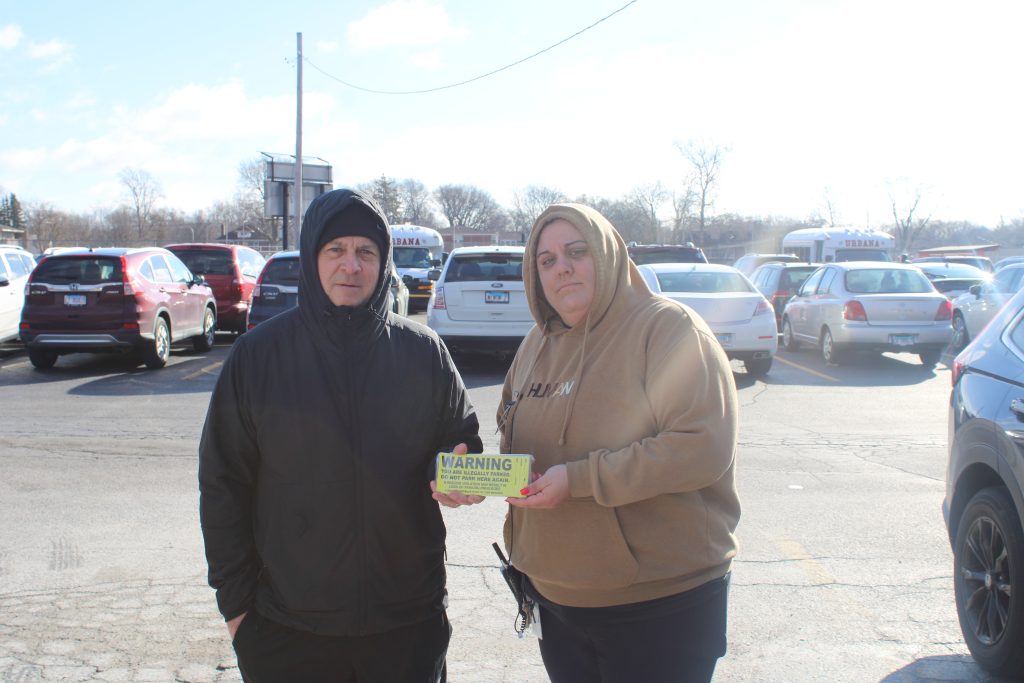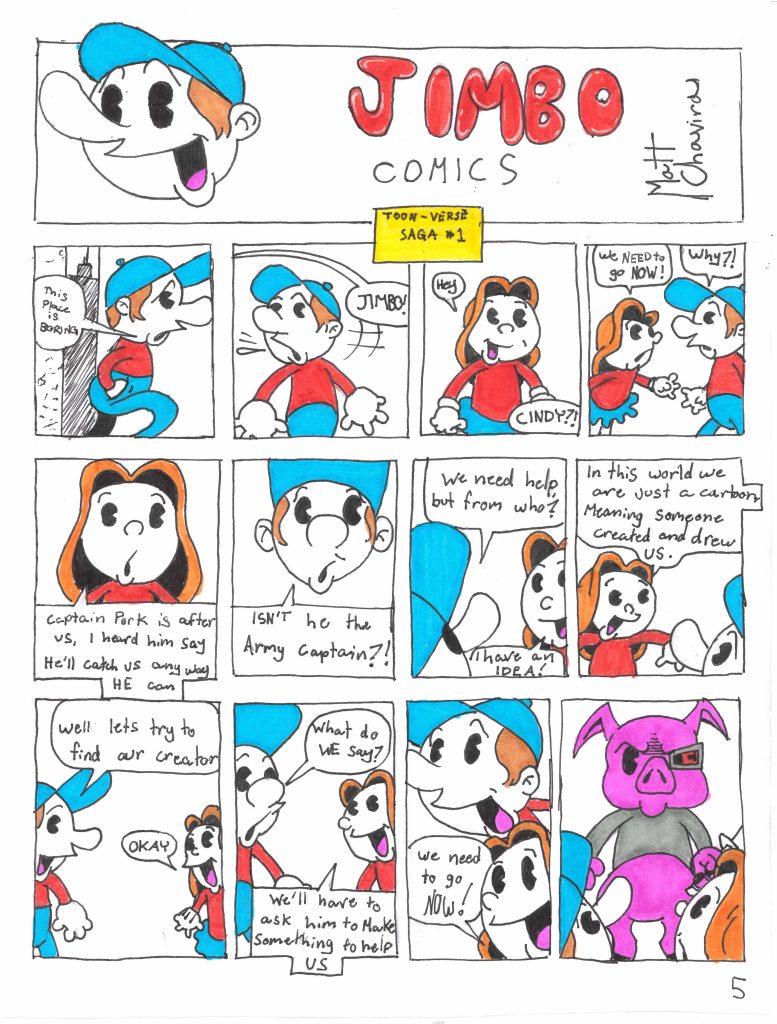Local Designer, Gordana Rasic, Featured in Fashion Week!
When Gordana Rasic walked into our meeting at Starbucks in Urbana, two things immediately stood out to me. First, her jet-black leather leggings, strappy military boots, and black fur jacket proved that she was born to be a designer. Second, her mix of charisma and poise made it clear that she is a role model to high school and college students who dream of pursuing a career in the fashion industry.
“I think every woman is beautiful, but the media reduces women’s’ beauty into a simple matter, which is ignorant,” stated Rasic, a senior at the University of Illinois and a part-time designer.
She smiled pensively, sipped her coffee, and adjusted her purple and black zebra printed beanie, continuing, “The goal shared between myself and my partner, Omar Villalobos, is to create a strong enough brand to combat the stereotypes of the media.”
Rasic is quite an uncommon find—she is beautiful, driven, brilliant, and outspoken, along with being a full time student at the U of I. She is double majoring in Anthropology and Molecular and Cell Biology (MCB), and double minoring in Chemistry and Lesbian, Gay, Bisexual, and Transgender Studies (LGBT).
Aside from these academic commitments, she belongs to and is president of numerous clubs on campus, and began designing clothes in 2010. She created GOCA, her fashion label with her partner, Villalobos, only a short year ago.
Less than a month ago, Rasic and Villalobos’ line won the honor to appear in Emerge, a show in New York Fashion Week, which features five young and upcoming designers from around the world. I was honored to find out that Rasic gifted my mother and me two tickets to see her show. I took the opportunity to interview her in Urbana, on how she became the extraordinary designer she is today.
“Hmmm, that’s a tough one!” Rasic remarked, when asked what her biggest piece of advice is for young fashion devotees.
“My strongest suggestion is to not base your goals on doubt. If you want the world to stop doubting you, you’ll have to intern and network and seize all the opportunities you can, while staying positive. It can be very stressful, but you have a limited time frame to prove yourself to the fashion industry. They won’t pay attention to your work forever, which means that your job as a designer, or photographer, or artist, or seamstress, is to make yourself not only noticeable, but essential.”
Later in New York, words of wisdom rang through my ears as I watched her fashion line’s presentation at Emerge, awed by her beautiful choices of fabrics and composition. The pieces from GOCA’s line ranged from elegant to modern to trendy, with a twist of texture in the usage of feathers. Despite the differences in the pieces, they all spoke to a common theme—that of “duality.”
“Duality,” Rasic explained, “is the inspiration that Omar and I have established for our collection. It is our mark; our label; our brand, essentially. Dualities are where maturity and personal experiences come from. We found that the 1930’s embodied duality when women got the right to vote—it was a time when females had to shed their gender roles in order to grow stronger.”
So what is duality? According to GOCA’s collection, it is the coming together of two very different principals, meshing those traits to form an entirely new masterpiece. Dualities are a huge component of the fashion industry, practically defining what is “hot” or “in” for a current season. What may have once been considered cool or interesting can easily become obsolete to an editor who grows tired of the trend. A new fashionable item can evolve to become an even better piece than last month’s.
The ever-changing styles of clothing in the fashion world keep people on their toes, forming dualities that create the perfect combinations to include in a magazine spread or a fashion show. These trends tell the world what to wear, how to wear it, and why it is the best addition to one’s closet.
But in an industry consisting of constant inconsistencies, many high school or college students interested in fashion may be extremely overwhelmed by where to begin. Rasic’s advice? “Follow your instincts. Beautiful partnerships and several helpful contacts will get you to where you need to be.”
As we finished our last sips of coffee, it became clear that my interview with Gordana was coming to a close. Before standing up to leave, she looked at me straight on and said:
“All you really need to know is, I’m me, I love me, and I love fashion. So if I combine all that I love, I have something to work with.”











Love